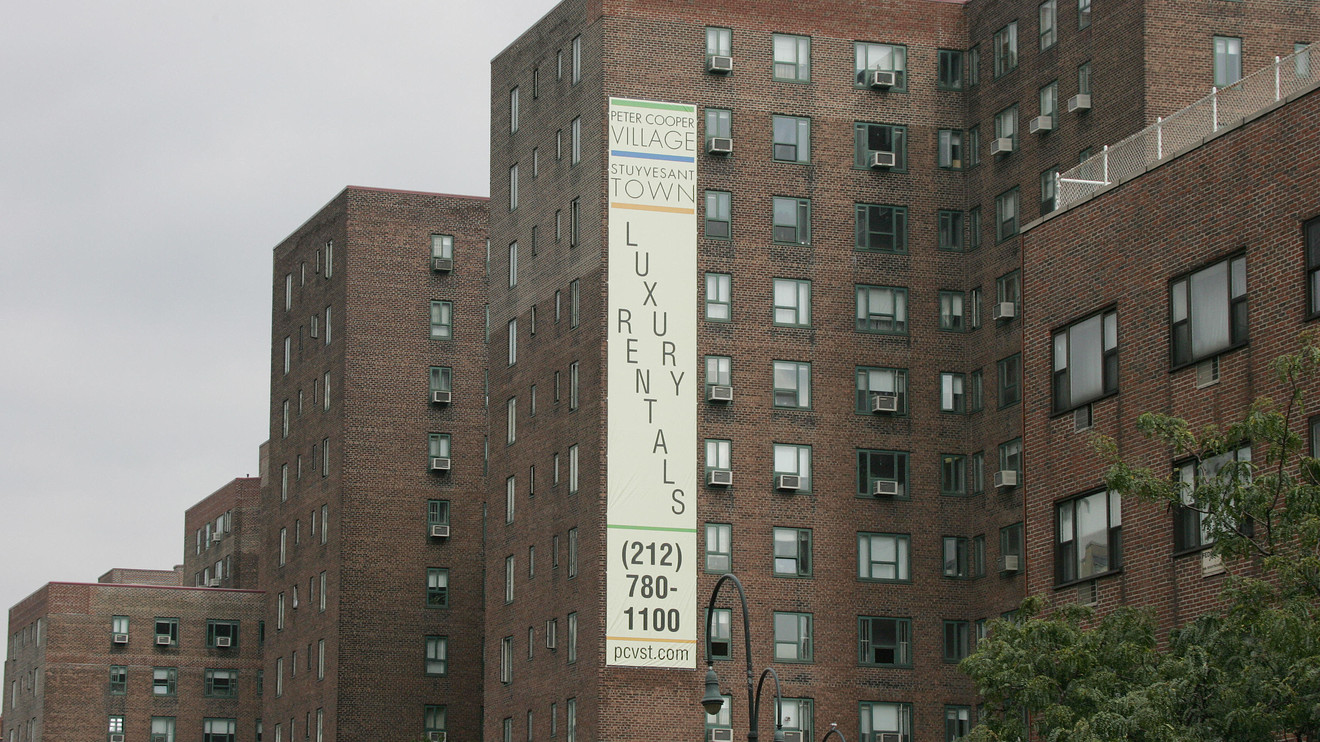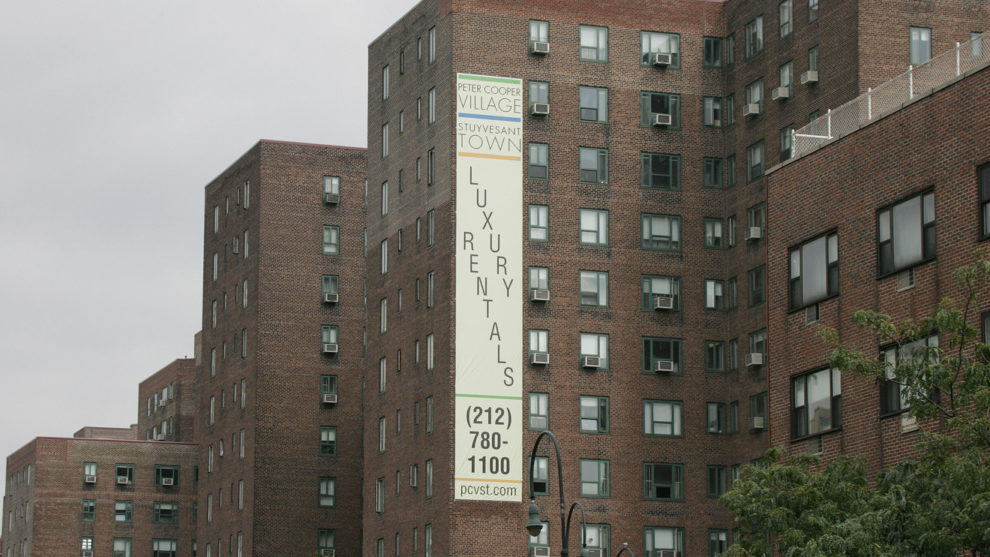
Community banks that financed swaths of New York City’s rent-regulated apartment buildings in recent years now face questions about potential fallout to their loan portfolios seven months after state legislators overhauled tenant-protection regulations.
The changes make it harder for landlords to hike rents, charge tenants for property improvements or convert protected rentals to market-rate prices.
Related: New York renters will no longer have to pay broker fees
Evictions in the Big Apple have plunged since the sweeping tenant protections were approved in June. But the city’s apartment building prices have also dropped as investors have gotten colder feet about pouring capital into rent-regulated properties where the upside now looks less rosy.
‘That business plan has gone away, where you try to take rent stabilized tenants out of the building.’
The situation has put local lenders on the defensive, even as they report no signs of weakness yet in loans on rent-regulated buildings.
“There is no concern that we have that our assets are going to start nonperforming because we over-lend,” said Joseph Ficalora, president and chief executive officer of New York Community Bancorp, Inc. NYCB, -0.09% last week on the bank’s fourth-quarter earnings call.
“Many, many, many, many people in the market and everybody knows this: If you’re lending more dollars than we’re lending, you’re lending on a value other than the existing cash flow. We only lend on the existing cash flow,” he said.
The bank has been one of the bigger local lenders in the sector, reporting 60% of its loans from its $31.2 billion book of multifamily loans as subject to New York state rent rules at year-end.
Analysts also peppered top executives at Dime Community Bancshares, Inc. DCOM, -0.25% Investors Bancorp Inc. ISBC, -0.36%, OceanFirst Financial Corp. OCFC, -0.13% and Signature Bank SBNY, -1.24% with questions during earnings season about the impact of New York’s stricter rent rules, which are estimated to affect some 1 million apartments.
Christopher Maher, OceanFirst’s president, chairman and chief executive officer, pointed to a “giant” jump in capitalization rates across New York’s rent-regulated apartments to as high as 6%, on the bank’s earnings call. Cap rates are a popular gauge for returns in real estate, after considering a property’s value and expected rents. They plunged to the sub-4% range on Manhattan buildings as property prices hit new records, but tend to climb when risks rise.
“This is not a situation where there should be panic over the asset class,” Maher said in a follow up call with MarketWatch. “You will see some defaults,” he said. “But I think you’re going to see it more in non-regulated lenders, the shadow-banking market. I don’t expect you’re going to see a significant problem in bank balance sheets.”
OceanFirst said it doesn’t have a material exposure to rent-regulated properties. Other banks named in this article either declined to comment or didn’t respond. But during earnings calls, Dime’s CEO said the bank was no longer a “significant player” in rent-regulated properties, while Investors Bancorp’s chief executive said its exposure was limited to about $800 million.
Decline in upside
If loans aren’t going bad now, what’s all the fuss?
Last year, the value of apartment transactions in Manhattan dropped by 41% to $5 billion from a year earlier, according to Real Capital Analytic data, while the city’s other boroughs saw a 47% plunge to $3.4 billion over the same period.
While those figures don’t separate for individual sales of rent-regulated buildings, brokers told MarketWatch that investment activity in the sector has cooled significantly in recent months and that prices likely are 25% to 30% lower.
“It’s too early to see the full effect of what the result will be,” said Adam Schwartz, Walker & Dunlop’s co-head of capital markets in New York, of the tighter rent regulations. But he said property owners do need to adjust to the new landscape.
“From what we’re seeing, you can no longer underwrite upside in these buildings where you had 70% to 80% of apartments at free market [rents], and 20% rent-regulated,” he told MarketWatch. “That business plan has gone away, where you try to take rent stabilized tenants out of the building.”
Check out: The rent is too damn high — even for middle-income Americans
Also read: Why low rates are raising questions about the next commercial real estate unwind
A property owner’s equity can be eroded when real-estate prices fall, potentially leaving borrowers underwater on a mortgage and more likely to default.
On the flip side, lower prices for rent-regulated New York City apartment buildings have led to an uptick in buyers recently looking for bargains, The Wall Street Journal (paywall) reported this week.
And how things shake out in New York will be watched closely by other parts of the nation faced with a crisis in affordable housing.
California, New York and Oregon last year each passed new laws to cap rent increases, as average rents have climbed by nearly a third since January 2012 on U.S. apartments, according to a recent report from Yardi Matrix, a platform that tracks real-estate data.
“The apartment sector fundamentals have been stellar for most of this cycle,” said Yardi’s Paul Fiorilla, in an interview with MarketWatch.
But in New York the concern is that property expenses, including upkeep and repairs at rent-regulated buildings, could outpace rent growth under the new rules, and drag down the appeal and prices of real estate in the process.
“If you have to sell for less than a property was worth a short time ago, that’s not something a lot of people are eager to do,” Fiorilla said.
div > iframe { width: 100% !important; min-width: 300px; max-width: 800px; } ]]>











Add Comment